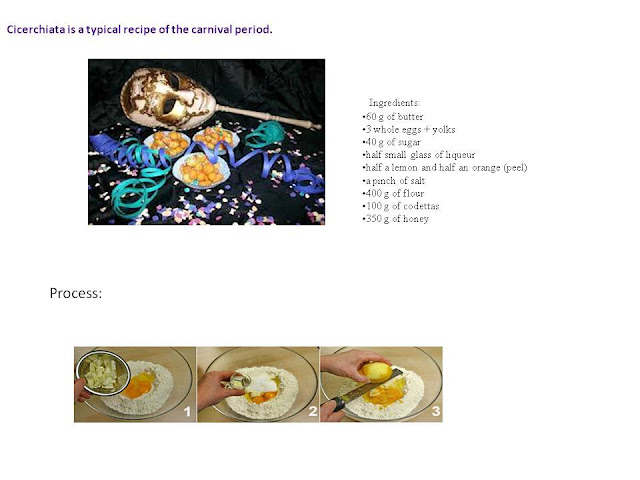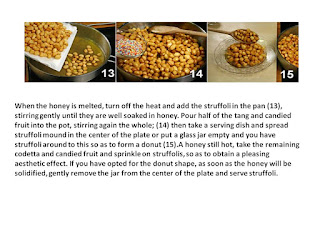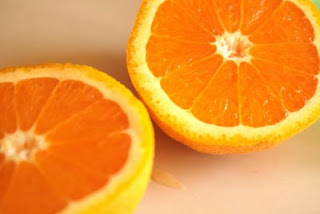 The long
build up to Easter is called Lent. The day before Lent begins is called Shrove
Tuesday. 'Shrove' means being forgiven for wrong-doings. Shrove Tuesday - also known as Pancake Day - is the
day before Ash Wednesday, the first day of Lent. It happens on a different date each
year depending on when Easter is. This year Shrove Tuesday was on 12 February,
2013.
The long
build up to Easter is called Lent. The day before Lent begins is called Shrove
Tuesday. 'Shrove' means being forgiven for wrong-doings. Shrove Tuesday - also known as Pancake Day - is the
day before Ash Wednesday, the first day of Lent. It happens on a different date each
year depending on when Easter is. This year Shrove Tuesday was on 12 February,
2013.Traditionally viewed as a day of repentance, Shrove Tuesday has become the last day for celebration and feasting before the period of fasting required during the Lenten season. The name denotes a period of cleansing, wherein a person brings their lusts and appetites under subjection through abstention and self-sacrifice.
The concept behind this practice is found in 1 Corinthians 9:27, where the Apostle Paul states: "I buffet my body and make it my slave..." Ironically, Shrove Tuesday has evolved into a day of frivolity and indulgence, during which people participate in as much pleasure and self-gratification as they can before Lent begins.
Shrove Tuesday originated during the Middle Ages. As in contemporary times, food items like meats, fats, eggs, milk, and fish were regarded as restricted during Lent. To keep such food from being wasted, many families would have big feasts on Shrove Tuesday in order to consume those items that would inevitably become spoiled during the next forty days. The English tradition of eating pancakes on Shrove Tuesday came about as a way to use as much milk, fats, and eggs as possible before Ash Wednesday began. In France, the consumption of all fats and fatty foods on this day coined the name "Fat Tuesday" or Mardi Gras.
Originally beginning on Sunday, Shrove Tuesday was a three-day celebration that culminated in large feasts on Tuesday night. By the beginning of the 20th century, however, the event was restricted to the Tuesday observance. Carnival became associated with Shrove Tuesday, in part from the Spring Equinox celebrations that were practiced by the Romans and the ancient tribes of Europe. The word "carnival" comes from the Latin carnem levare, meaning "to take away the flesh". However, in the New Orleans and Rio de Janiero celebrations, public revelry and carousing have become the tradition for Carnival around the world. It was mostly as a result of the Carnival celebrations that the Church restricted the observance to a single day.
Shrove Tuesday has a variety of customs that have derived from different regions around Europe and the Americas. As previously mentioned, England began the tradition of serving pancakes, and for this reason the day is known as "Pancake Day". In addition, there are the annual Pancake Day Races, where contestants dress in aprons and scarves and race down a course flipping a pancake in a frying pan or skillet.
Perhaps the most prominent customs are the balls and pageants in New Orleans and Rio de Janeiro. Like Eastern European celebrations, participants wear masks and costumes, many of which are quite flamboyant and elaborate. Rio has a parade of multi-colored feathers, which include hundreds of dancers dressed in costumes decked with feathers, all dancing the samba. In New Orleans, Mardi Gras includes a variety of parades featuring grand floats and giant effigies of eccentric characters. There is much eating, drinking, and dancing, as well as practical jokes and humorous street plays.
For many Protestant believers, Shrove Tuesday holds no particular significance. For Catholics and Anglicans, however, the day is still observed with confession and absolution, in addition to modest feasting and rejoicing.



























